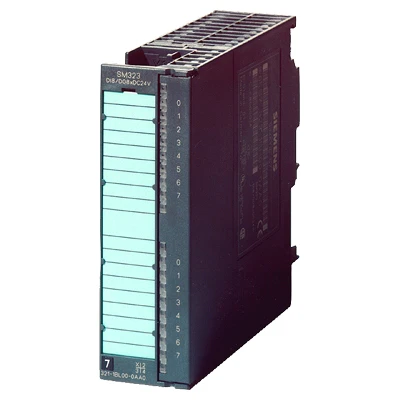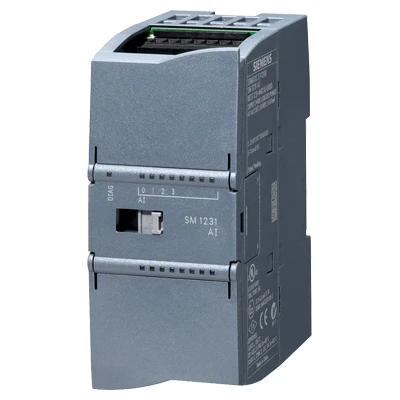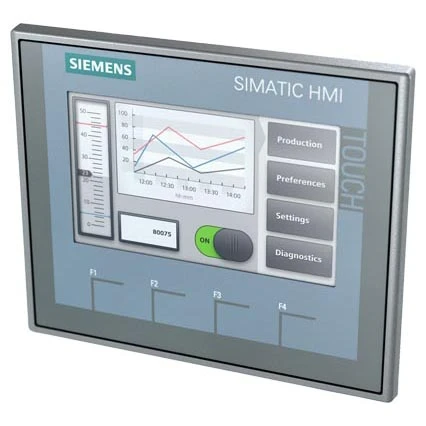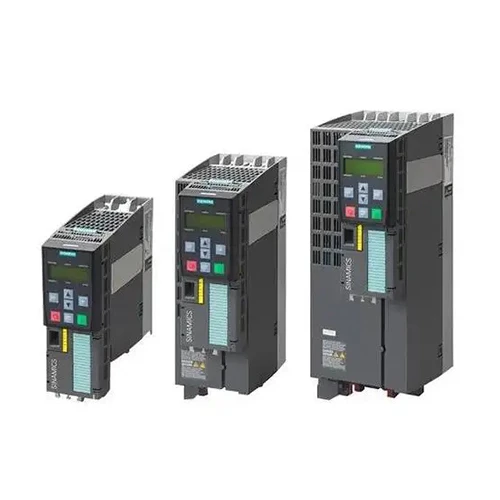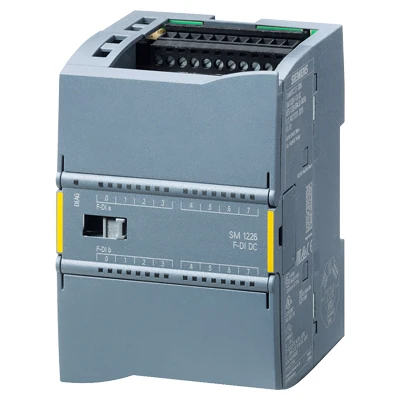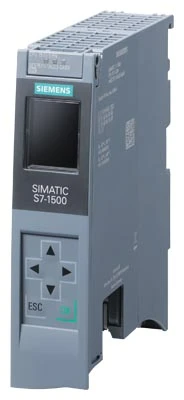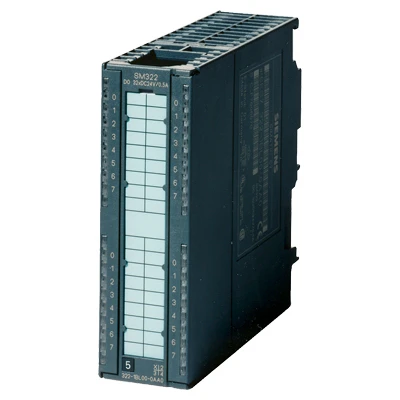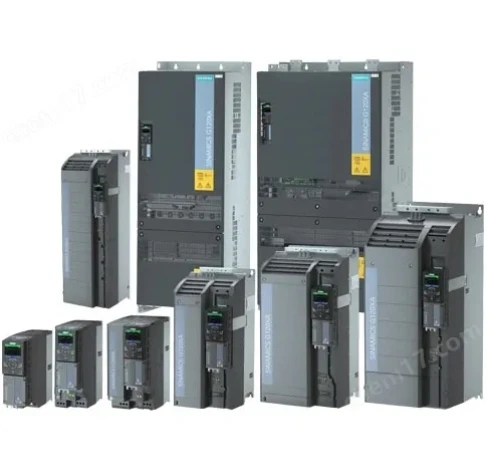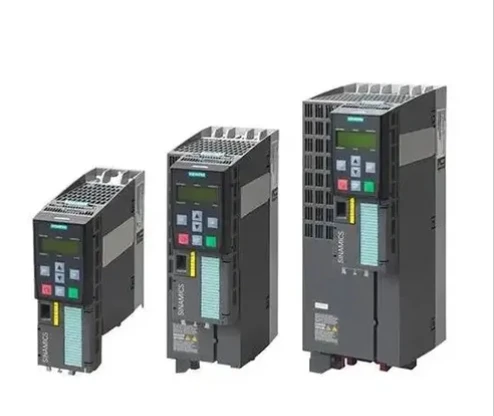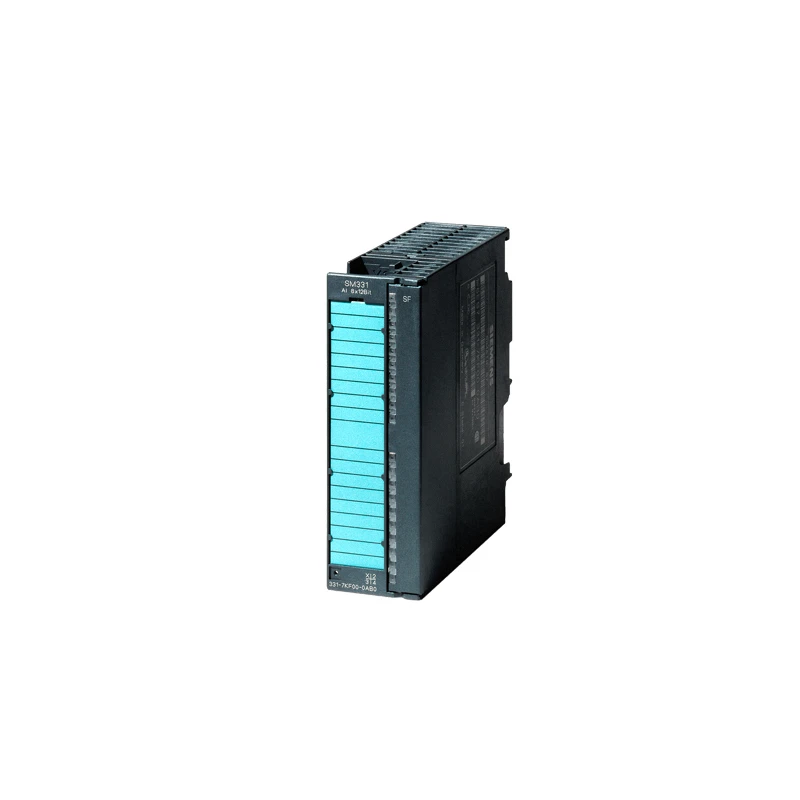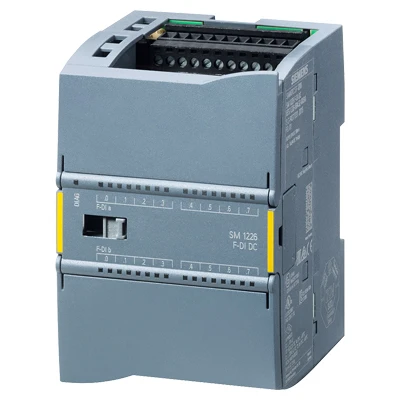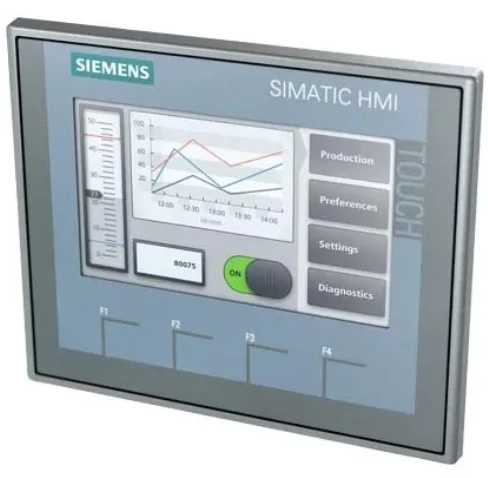Siemens S7 1500: Redefining Industrial Automation with Precision, Security, and Scalability
In today’s fast-evolving world of industrial automation, companies demand a PLC system that guarantees real-time performance, high accuracy, robust cybersecurity, and long-term scalability. The Siemens S7 1500 delivers all of this—and more. Designed as the flagship controller of Siemens’ TIA (Totally Integrated Automation) platform, the S7 1500 family delivers world-class engineering, precise data acquisition, and uncompromising security.
Analog Input Module with Independent Characteristic Linearization in Siemens S7 1500
One of the most advanced and application-enhancing features of the Siemens S7 1500 is its analog input module capability with independent characteristic linearization. This function allows each analog input channel to be configured with its own scaling curve, enabling direct conversion of nonlinear sensor signals into linearized process values within the PLC. Unlike traditional systems that require external signal conditioners or complex software logic, the S7 1500 handles the transformation natively.
Using TIA Portal, engineers can easily program custom scaling functions on each channel, significantly reducing programming time and eliminating the need for additional signal conversion hardware. When paired with modules like the 6ES7590 1AE80 0AA0, the system achieves seamless integration of diverse sensor types—such as pressure transducers, thermocouples, or flow meters—each with its unique characteristic curve.
This embedded linearization capability not only simplifies commissioning but also enhances data accuracy and system responsiveness, giving the Siemens S7 1500 a performance edge in industries such as pharmaceuticals, food and beverage, and energy production.
Security Testing and Verification in Siemens S7 1500
In the era of cyber-physical systems and interconnected machinery, robust security has become essential. The Siemens S7 1500 was developed with a security-first approach, combining both hardware and software mechanisms to protect against unauthorized access, tampering, and manipulation.
The security testing process for S7 1500 begins with integrated user management and role-based access controls. Users can define authorization levels for access to diagnostics, programming, and control functions. Furthermore, controller communication is encrypted using TLS protocols, safeguarding data transfers across Ethernet and PROFINET networks.
Using Siemens’ Security Integrated tools, engineers can run diagnostic scans, enable password protection for critical blocks, and perform checksum verifications to ensure firmware integrity. The secure boot feature ensures that only trusted software versions run on the Siemens S7 1500, and every module—whether it’s a CPU or an I/O extension like the 6ES7590 1AE80 0AA0—undergoes real-time authenticity checks during operation.
Security verification can be further strengthened through Siemens TIA Portal’s integrated security assessment tools. These assist in simulating breach scenarios, validating encryption protocols, and producing compliance reports for standards such as IEC 62443. With cyber threats on the rise, the S7 1500 delivers not just peace of mind but regulatory confidence.
Global Market Demand and Industrial Adoption of Siemens S7 1500
The demand for the Siemens S7 1500 is experiencing exponential growth across all major industrial sectors. From automotive and logistics to energy and chemicals, the controller's high-speed processing, integrated safety functions, and superior connectivity make it the automation solution of choice.
As industries push for smart manufacturing and IIoT integration, the S7 1500's compatibility with OPC UA, MQTT, and cloud platforms has placed it at the forefront of digital transformation strategies. Its widespread adoption in Asia, Europe, and North America is a testament to its flexibility and future-readiness.
Despite its advanced capabilities, the SIMATIC S7 1500 price remains competitive, especially when considering its long-term value. Cost savings from reduced engineering time, minimized downtime, and fewer cybersecurity incidents make the Siemens S7 1500 a clear winner in total cost of ownership. The 6ES7590 1AE80 0AA0 interface module, in particular, is recognized for expanding communication options without increasing the overall system footprint—enhancing modularity and reducing installation costs.
Leading OEMs, system integrators, and plant operators now consider the S7 1500 essential to delivering smart automation solutions that are secure, scalable, and easy to maintain.
Scalability and Integration with the 6ES7590 1AE80 0AA0 Interface Module
System expansion and modularity are cornerstones of the Siemens S7 1500 architecture. The inclusion of flexible components like the 6ES7590 1AE80 0AA0 interface module allows users to easily extend rack configurations, integrate additional I/O stations, and enhance communication with decentralized systems.
This interface module connects seamlessly to ET 200 distributed I/O systems, reducing cable lengths and simplifying control panel layouts. It also provides redundancy options in critical process applications, supporting fault-tolerant architectures that meet strict uptime requirements.
The flexibility brought by the 6ES7590 1AE80 0AA0 adds immense value in applications with growing I/O demands, enabling the S7 1500 to evolve alongside production line expansions or reconfigurations. Whether for a compact single-machine application or a full-scale, multi-rack distributed system, the Siemens S7 1500 ensures continuity, connectivity, and compatibility.
Siemens S7 1500 FAQs
What is the benefit of independent characteristic linearization in Siemens S7 1500 analog input modules?
Siemens S7 1500 allows each analog input channel to independently convert non-linear sensor signals to linear outputs. This simplifies programming and increases measurement accuracy without external conditioning devices.
How do I conduct a security test on the Siemens S7 1500?
Security tests for the S7 1500 involve verifying password protection, encryption, and system integrity through TIA Portal’s built-in security diagnostics. The CU modules, including expansions like the 6ES7590 1AE80 0AA0, are included in these validations.
Why is the 6es7590 1ae80 0aa0 important for system scalability?
The 6ES7590 1AE80 0AA0 enables modular expansion of the Siemens S7 1500, supporting rack extensions and remote I/O systems without compromising system performance or footprint.
What industries are driving the market demand for s7 1500?
Automotive, food and beverage, energy, and pharmaceutical sectors are the main adopters of the S7 1500 due to its real-time performance, safety functions, and integration with IIoT platforms.
How does the simatic s7 1500 price compare with other systems?
While the SIMATIC S7 1500 price reflects its premium capabilities, it offers long-term value through reduced engineering costs, high reliability, and enhanced security—resulting in a lower total cost of ownership.

